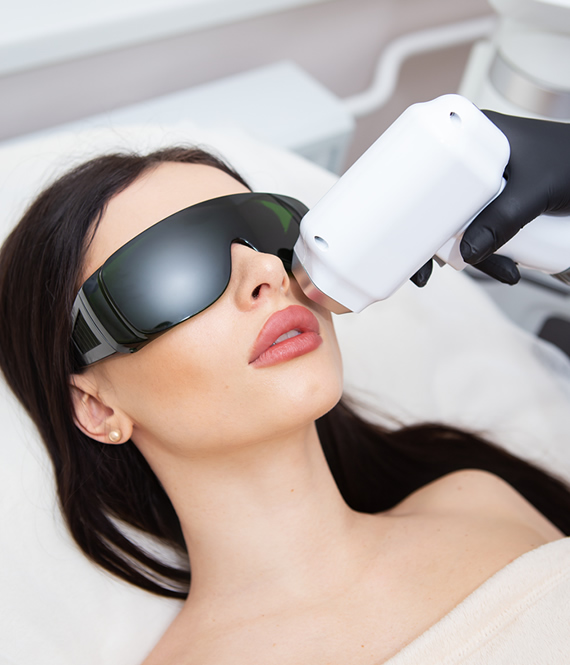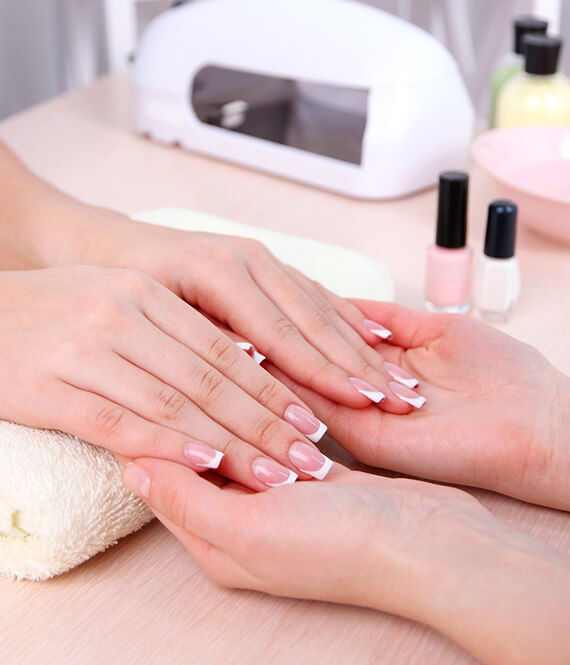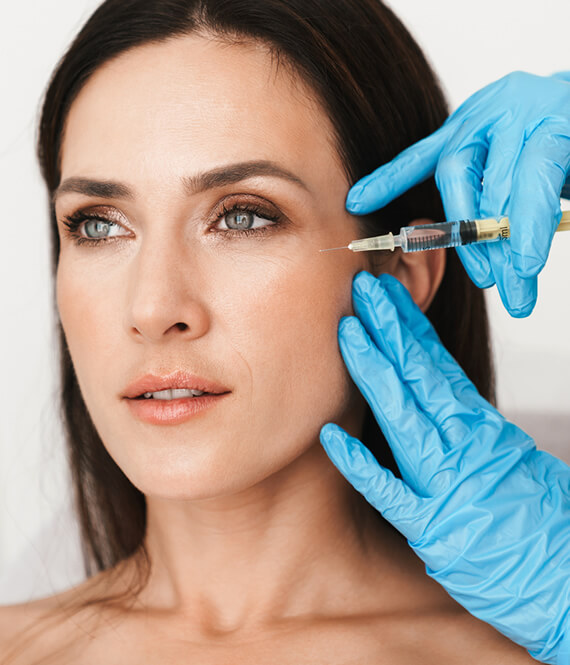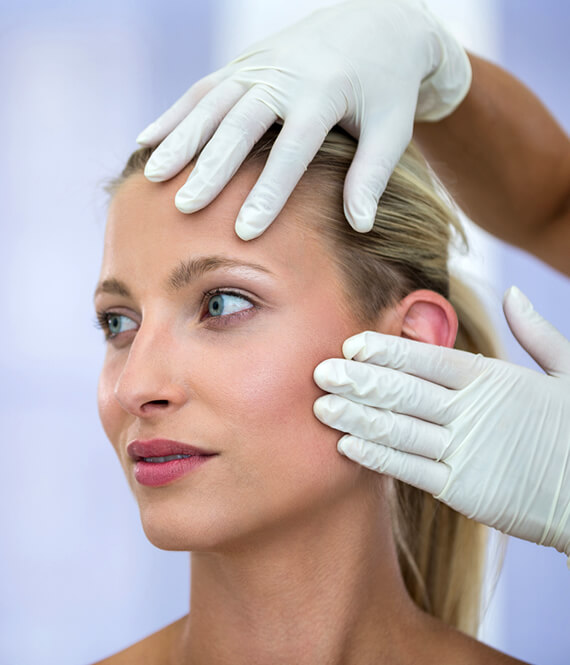
Laser Treatments For Skin: How They Work + Skin Benefits To Expect
We recommend helpful products in our articles. Read our full disclosure here. The content on this website is not intended to be a substitute for professional advice, diagnosis, or treatment.
In the pursuit of the image of youth, conventional skincare products often fall short in combating the inevitable signs of aging.
Lifestyle factors like inadequate nutrition and sleep, smoking, and alcohol consumption can further exacerbate skin concerns and amplify the signs of aging.
Additionally, environmental conditions have never been tougher for human skin with the constant onslaught of free radicals in an ever-polluted world.
Enter laser skin rejuvenation—a transformative skin support that offers real benefits on a lasting basis.
Minor imperfections such as wrinkles, acne scars, and hyperpigmentation are just a few common concerns that laser therapies seek to correct without the invasiveness of other cosmetic procedures.
Let’s focus the lens on what laser treatments and their benefits are all about.
How Does Laser Therapy Work?
Laser treatments are a revolutionary marriage of both aesthetics and cutting-edge technology.
In short, these treatments involve the use of concentrated, pulsating beams of laser light to enhance the skin’s condition beyond the surface.
Using controlled light energy, lasers stimulate collagen production; the cornerstone to maintaining skin’s firmness and elasticity.
Fractional lasers, for instance, resurface the skin by creating deliberate micro-injuries, triggering the body’s natural healing process and unveiling smoother, more youthful skin beneath.
The principle behind cosmetic applications of such laser therapies is called selective photothermolysis.
To contextualize, the laser emits a specific wavelength of light (photo) that seeks out abnormal or damaged tissue, its light creates heat (thermo) and this targeted tissue is destroyed (lysis) without affecting the surrounding area.
Treatments like Excel V Laser are uniquely fascinating, combining the use of two different precise laser wavelengths to tackle vascular malformations in the skin, like telangiectasia (aka spider veins), broken capillaries, and even lesions like cherry angiomas.
Types of Laser Cosmetic Procedures
In the right hands, laser-emitting devices can be powerful tools to wield against a variety of skin concerns.
You might be surprised to hear that the first dermatologic application of lasers dates back to 1963, when American dermatologist and laser therapy pioneer Doctor Leon Goldman began reporting on the photodestruction of pigmented skin elements, such as black hair, using ruby rod lasers.
The metamorphosis of ‘laser therapies’ as a whole came to snowball after this time, and in 1983, the theory of photothermolysis took the spotlight as a serious answer to all questions about skin rejuvenation.
Nowadays, there are a ton of non-invasive cosmetic procedures using lasers, including those that treat unwanted hair, skin dullness, and vascular conditions.
Some types, such as fractionated lasers which are used to resurface skin and fight concerns like sun damage, have the unfortunate drawback of long recovery time (or ‘downtime’).
Others, like Excel V Laser treatments, have very little downtime and can achieve the desired result within as little as two sessions.
Some are even safe for all skin types and complexions.
Ablative vs. Non-ablative Lasers
Two distinct categories of lasers are available today: ablative and non-ablative, each functioning differently to achieve skin enhancement per the individual’s needs.
Ablative lasers (e.g., Fraxel RePair or Active Fx lasers) target the upper layers of the epidermis, effectively removing damaged skin.
This process triggers skin resurfacing, resulting in smoother texture, heightened collagen production, and a marked reduction in the signs of sun damage.
In contrast, non-ablative lasers (like Fraxel Dual) operate by gently warming the underlying skin to stimulate collagen synthesis, all without altering the skin’s outer layer.
Ablative laser treatments, while harsher, tend to be more effective in their duties. Non-ablative lasers, initially developed to achieve similar results at a less invasive price, may not be enough to fight skin concerns like deep lines and wrinkles.
Each of these options has its pros and cons, and only a qualified professional can make the call as to which type is right for your case.
The Benefits Of Laser Treatments
Whether you are looking to take the avenue of either ablative or non-ablative laser procedures, there are myriad benefits to choosing a laser as a non-surgical skin fix.
Firstly, laser therapies typically do not require constant visits, making them a popular alternative to shaving or waxing stubborn hair in inconvenient places.
Additionally, laser light therapy can be highly effective in treating inflammatory acneic conditions.
Other attractive applications of laser treatments include diminishing surgical scarring, as well as unwanted tattoo removal.
Resurfacing sessions can provide an effective solution to dullness and sagging in exchange for firmer skin, making it a therapeutic powerhouse for those wanting to look and feel younger.
As we age, collagen production slows, thereby causing the skin to gradually lose elasticity – fear not, however, as a huge benefit to laser beauty treatments is the stimulation of collagen.
Finally, it is perhaps the best advantage that laser treatments have a significant cost benefit when compared to other transformative cosmetic procedures.
Conclusion
Lasers in the realm of the beauty industry are like magic, leveraging light energy to elevate today’s skin-perfecting treatments.
They rejuvenate the skin, igniting collagen production for greater elasticity and youthfulness, while also diminishing fine lines, wrinkles, and age spots.
With pinpoint accuracy, laser therapies can target issues such as post-acne scarring, pigmentation, and vascular lesions, offering tailored solutions for a range of skin concerns.
Beyond skincare, these treatments eliminate hair by targeting the follicle and can be used to remove unwanted tattoos.
Crucially, professional consultation is pivotal to ensure personalized, optimal results.
Like many in-office treatments, lasers often come with some downtime.
But good things come to those who wait, and these treatments can have quite an impact on the appearance and health of your skin.
"We love to research problems, examine studies, analyze solutions, and share with you ideas that make life healthier. You can learn about us and our editorial standards here. Have suggestions or feedback to share? Send us a message!."













Leave a Comment